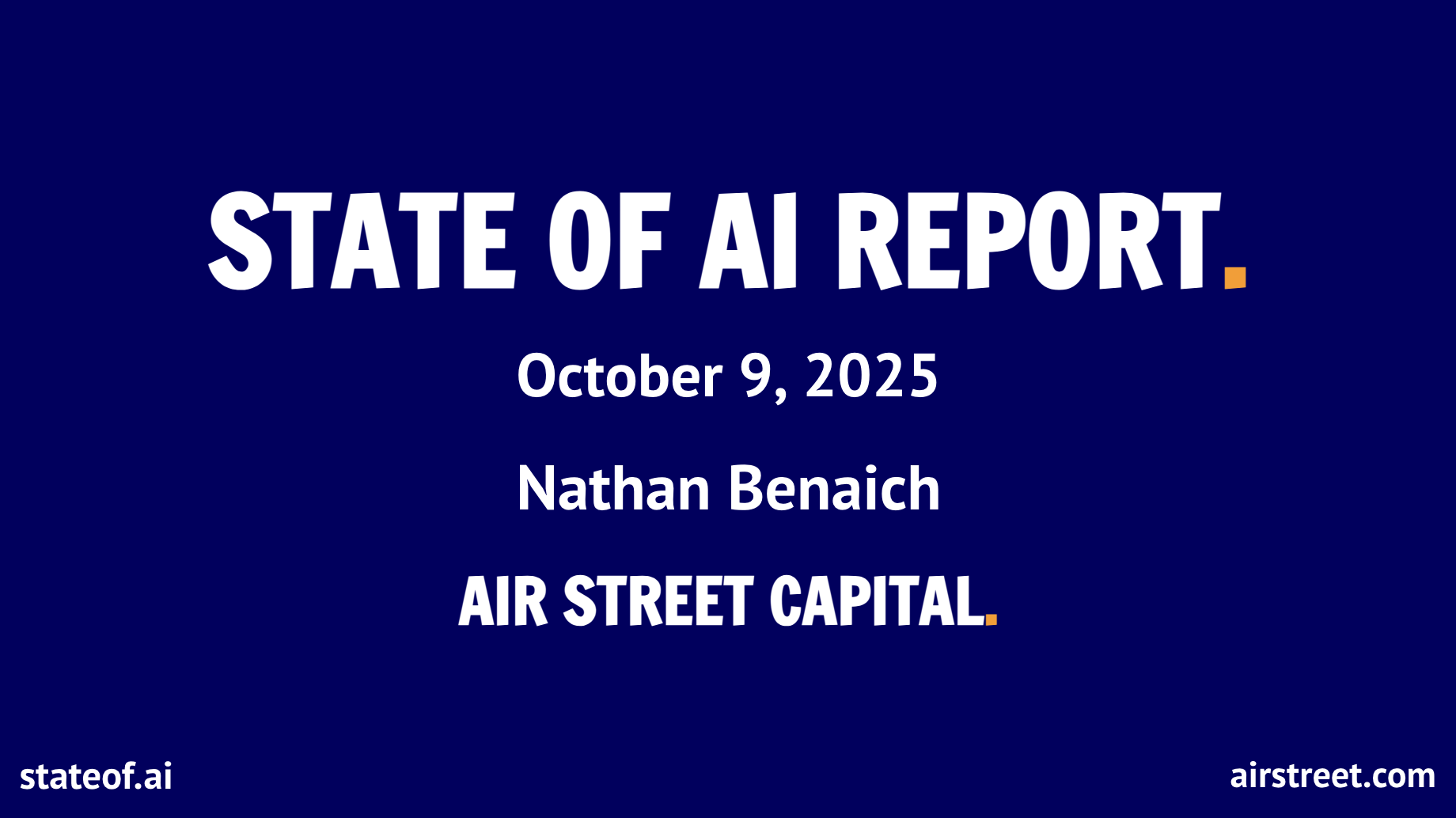In 2025, the conversation around artificial intelligence shifted decisively from speculation to application. The latest State of AI Report 2025 describes a year when reasoning in machines became tangible—no longer a research curiosity but an engineering race. OpenAI, Google, Anthropic, and China’s DeepSeek all rolled out systems that can plan, verify, and reflect on their actions, sparking one of the fastest research and deployment cycles the field has seen.
The data tells a story of rapid maturation. According to Ramp, nearly half of U.S. businesses now pay for AI tools—up from just 5% two years ago—with average contract values surpassing half a million dollars. AI-first startups are growing 1.5 times faster than their peers, and 95% of surveyed professionals use AI in their daily work or at home. What was once experimental has become infrastructure.
That infrastructure is now measured in gigawatts. Massive data centers such as Stargate symbolize the industrial phase of AI: compute power as a national asset, intertwined with energy policy and geopolitics. The U.S., UAE, and China are building sovereign compute networks, as power and land emerge as the new bottlenecks to progress.
China’s DeepSeek, Qwen, and Kimi have also reached parity with frontier Western models in reasoning and coding, giving China a credible second place in global capability. Meta, meanwhile, has ceded leadership in open-source AI to China’s fast-growing ecosystem of open-weight models.
Research itself is evolving. Systems like DeepMind’s Co-Scientist and Stanford’s Virtual Lab now autonomously generate and test scientific hypotheses, while embodied models such as Google’s Gemini Robotics 1.5 reason step-by-step before taking action—a concept dubbed “Chain-of-Action” planning. In biology, models like Profluent’s ProGen3 extend scaling laws beyond language to the realm of proteins, signaling that learning architectures may soon drive molecular design.
The safety debate has become more grounded. Rather than abstract fears about extinction risk, researchers are focusing on monitorability, deceptive reasoning, and the cost of maintaining transparency. The report introduces the notion of a “monitorability tax”—accepting slightly weaker systems in exchange for interpretability and control.
Politically, the AI landscape hardened. The U.S. adopted an “America-first AI” stance, Europe’s AI Act stumbled through implementation, and China expanded its domestic silicon ambitions. Industrial policy, compute sovereignty, and model governance are now inseparable.
The 2025 report makes clear that AI has entered an era where economics, physics, and national strategy define its trajectory. What began as scaling laws in research papers now reshapes markets, infrastructure, and global priorities—a sign that artificial intelligence has become not just a technology, but a system of production.
